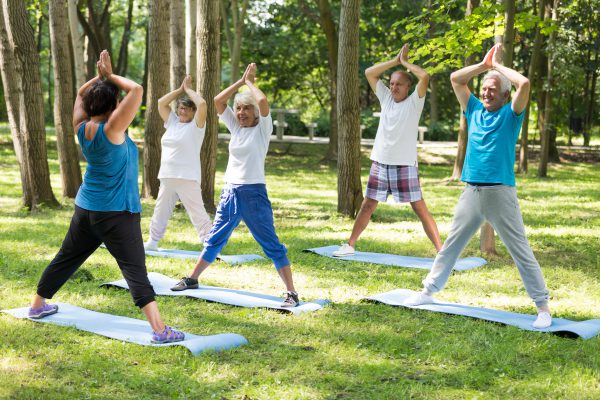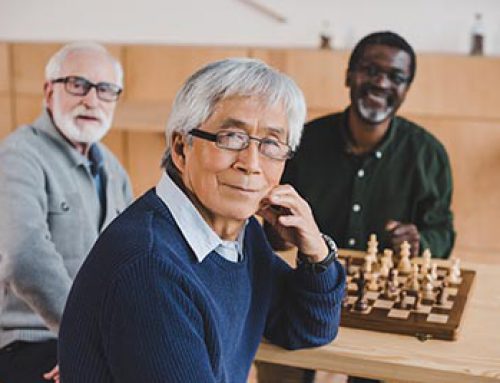
Regular physical activity has been shown to benefit persons of all ages. Even among frail and very old adults, mobility and functioning can be improved through physical activity. Physical activity incorporated into everyday life through the use of behavioral processes such as goal-setting, self-monitoring, and seeking social support, is an important alternative to traditional fitness center-based exercise. Examples of lifestyle physical activity include gardening, playing with children, and taking the stairs instead of the elevator. Research has shown that adults are more likely to become and stay active when taught appropriate lifestyle skills based on their readiness to change.
Oasis was one of nine funded lead organizations who responded to a competitive request for proposals by the Active for Life Program and selected either the Active Choices or Active Living Every Day (ALED), to see if these behavioral change programs can be successfully translated across a range of real-world settings. Prior to being selected for the study, organizations chose the program that best suited the needs of their organization and community. Study samples were larger, more ethnically and economically diverse, and more representative of older adults’ health conditions than in previous studies. From 2003 through 2007, Oasis implemented ALED, a 20-week physical activity intervention delivered in a small-group setting, in San Antonio, TX, St. Louis, MO, and Pittsburgh, PA. Sedentary or under-active older adults ages 50 and older came together to learn behavior-change principles consistent with social cognitive theory and the transtheoretical model. Significant increases in moderate to vigorous-intensity physical activity, total physical activity, and satisfaction with body appearance and function, and decreases in BMI were seen for both programs. Depressive symptoms and perceived stress, both low at pretest, also decreased over time in ALED participants. Results were generally consistent across years and sites (American Journal of Public Health | July 2006, Vol 96, No. 7). The study showed that Active Choices and ALED could be successfully adapted and implemented by community-based organizations. Sara Wilcox, Ph.D., the lead author of the paper and associate professor and director of the South Carolina Behavioral Science Laboratory, said: “Many programs shown to be effective in research studies are never disseminated more widely and thus don’t impact public health. This initiative was different because it showed that community-based organizations could put these two programs in place, reach a large number of older adults, and produce meaningful changes. We now plan to identify specific factors that made the programs successful.”



Leave A Comment